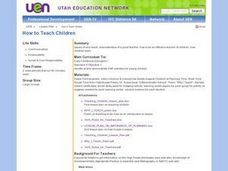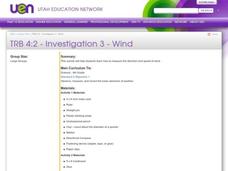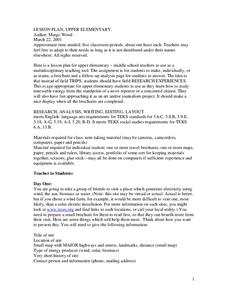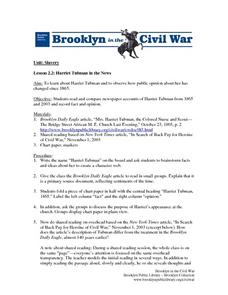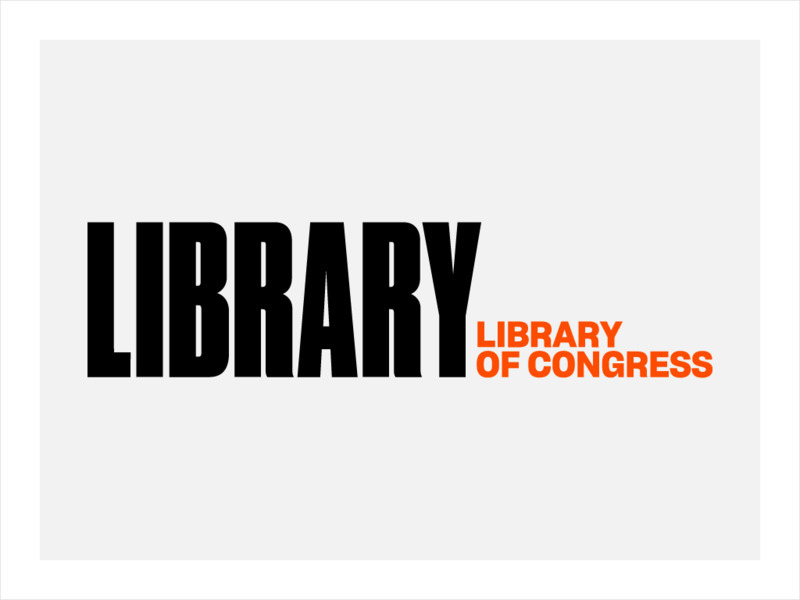Curated OER
Adopt a Geographic News Story
Learners explore geography and the environment by reading the news. They discuss why it is important to follow the news. Students adopt a geographic news story, research the topic, and design posters to illustrate the story.
Curated OER
Trekking to Timbuktu
Students view a television show to provide a context for conducting research into the location and culture of Timbuktu. The students complete a report on the subject in the form of a research paper.
Curated OER
Shiny Shells on the Shore
Young scholars investigate how: A single phoneme, which is a vocal gesture in spoken words, can be represented by more than one grapheme. Also how a digraph is the combination of two letters that make one sound (there are both vowel and...
Curated OER
Social Studies: How to Teach Children
Students examine reasons for teaching children and the characteristics of an effective teacher. After a Powerpoint presentation which includes a humorous look at the 1915 rules for teachers, they create daily teaching schedules and...
Curated OER
Wind
Fourth graders are read a story and answer the comprehension questions about sound and wind. In groups, they make their own wind vane and how to determine the direction of the wind. To end the lesson, they make their own Anemometer to...
Curated OER
Earthquake Unit
Eighth graders watch the "Earth, the Environment & Beyond" video on earthquakes. Take notes and give an oral summary. They build a working, two dimensional model of a strike-slip, thrust, or normal fault.
Curated OER
Minneapolis and St. Paul PowerPoint
High schoolers examine the development of Minneapolis and St. Paul. As a class, they watch a PowerPoint presentation on the placement of cities in relationship to water. For each slide, they must answer the questions correctly to move on.
Curated OER
What are Quarters Made of?
Students study the meaning, symbolism, and value of U.S. coins,
especially the quarter. They l research why in 1965 the U.S. Mint decided to
change the metal composition of the quarter to copper coated with zinc. In addition, they...
Curated OER
Renewable Energy
Students identify how to study renewable energy from the standpoint of a news reporter or a concerned citizen. Then they approach art in a fun way through a journalism project that includes create a brochure for display. Students also...
Curated OER
Mound Cities
Learners learn about Mound Cities and how they both started and stopped. In this Mound lesson students explore how Mound Cities did not succeed and why. Learners dig deeper then the lesson as they discuss defeat and relate it to their...
Curated OER
I Had To Tell This Story
Tenth graders analyze the video "Berga: Soldiers of Another War." For this World History lesson, 10th graders read a quote and discuss the meaning of the quote. Students read and answer questions based on a video
Curated OER
Discover the Planets
Third graders research the planets. In this science lesson, 3rd graders create PowerPoint presentations over a planet. Students present their findings.
Curated OER
Harriet Tubman In The News
Students investigate the history of Harriet Tubman. They use newspaper articles from history and modern times in order to gather information. They use a graphic organizer in order to categorize information. They distinguish the readings...
The Newberry Library
Newberry: Exploration and Encounter: Map 2: Indian Map of the Southeast, 1721
K-12 lessons using historical maps from Newberry Library presents an Indian map of the Southeast, ca. 1721. Students use maps to understand how spatial relationships are represented. Links to supplemental resources and reference material.
The Newberry Library
Newberry Library: Historic Maps in K 12 Classrooms
Great resource for teachers of geography and American history for all levels. You will find lesson plans based on the use of maps for all ages.
The Newberry Library
Newberry: Exploration and Encounter: Map 1: The World Columbus Knew in 1482
Newberry Library presents historical map on the Age of Exploration with lesson plans for all ages k-12. Includes curator notes and a wealth of supplemental resource material.
Other
Digital Library for Earth System Education: Teaching Box: Earthquake Country
A suite of lessons focusing on all aspects of earthquakes. Inquiry-based exploration of earthquakes includes measuring seismic waves, predicting earthquakes, investigating magnitude and intensity, mapping fault lines, and evaluating...
Huntington Library
Huntington Library: Causes of the American Revolution: Stamp Act Crisis [Pdf]
In this lesson, 5th graders look at what role the Stamp Act played in the lead-up to the American Revolution. Includes background information for the teacher. Students learn about taxes, study a timeline and maps, participate in a...
Huntington Library
Huntington Library: The Corps of Discovery: The Lewis and Clark Expedition [Pdf]
In this lesson, 5th graders learn about westward expansion and the Lewis and Clark expedition. Includes background information for the teacher. Students explore primary and secondary resource readings on the Louisiana Purchase, President...
Library of Congress
Loc: Local History: Mapping My Spot
Students often think of history as tattered documents, worn photographs, and musty books, all of which have little or no relevance to their lives. Maps provide an often-overlooked source of information and a new and compelling...
Library of Congress
Loc: Teachers: Local History: Mapping My Spot in History
Through interpreting and investigating historical maps, students gain new perspective not only of their local communities but also of their own homes. Student activities include collecting data about their homes, reporting on the...
Alabama Learning Exchange
Alex: Dewey and the Library of Congress: Map and Matching
After reviewing the Dewey Decimal Classification System, students are introduced to the Library of Congress Classification System. Students create a map of a university library that uses the LCCS and demonstrate their understanding of...
Library of Congress
Loc: Waldseemuller's Map: World 1507
The 1507 World Map by Martin Waldseemuller is one of the world's most important maps. For the first time, this map labels America and shows the continent as a separate land mass. It is often referred to as America's Birth Certificate....
Huntington Library
Huntington Library: Using Primary Sources in the Classroom [Pdf]
This lesson provides guidelines for teaching students how to use primary sources such as images, text, or statistics (e.g., maps, census). Includes a document analysis worksheet.



